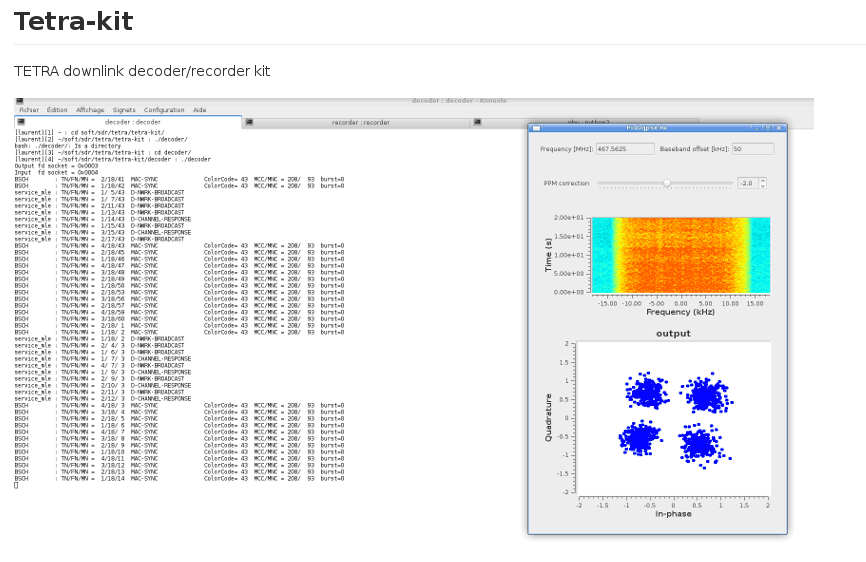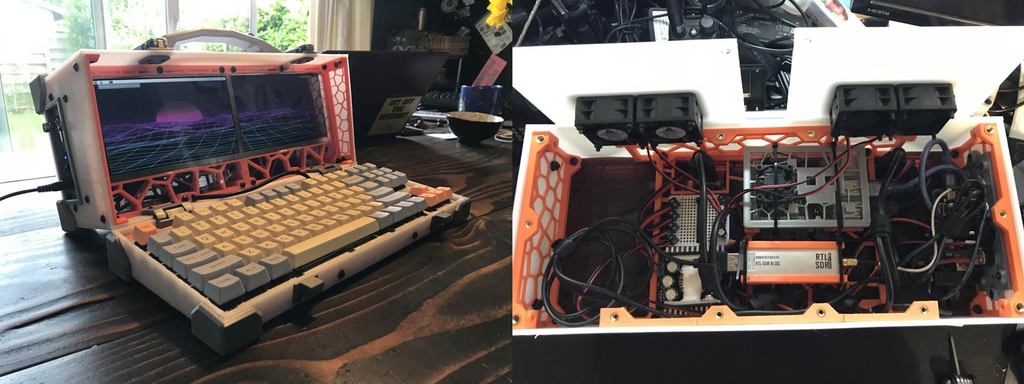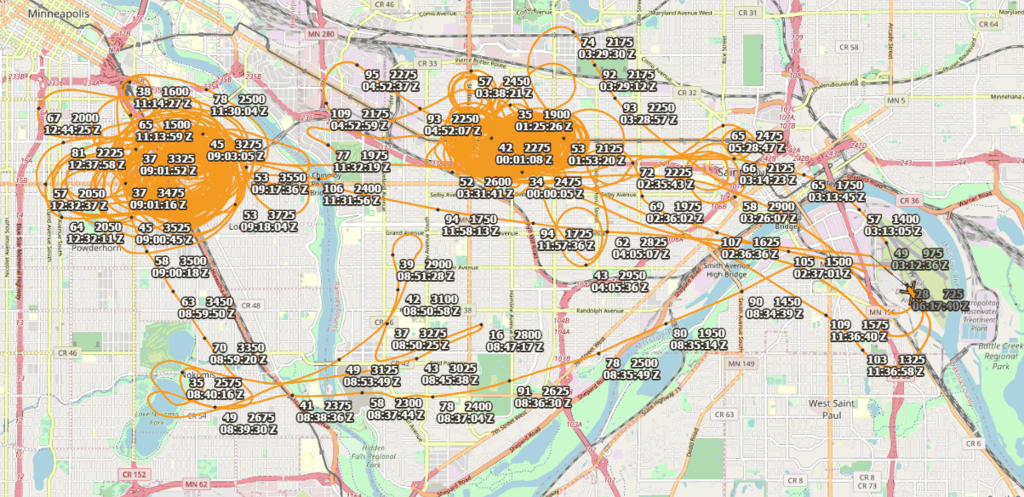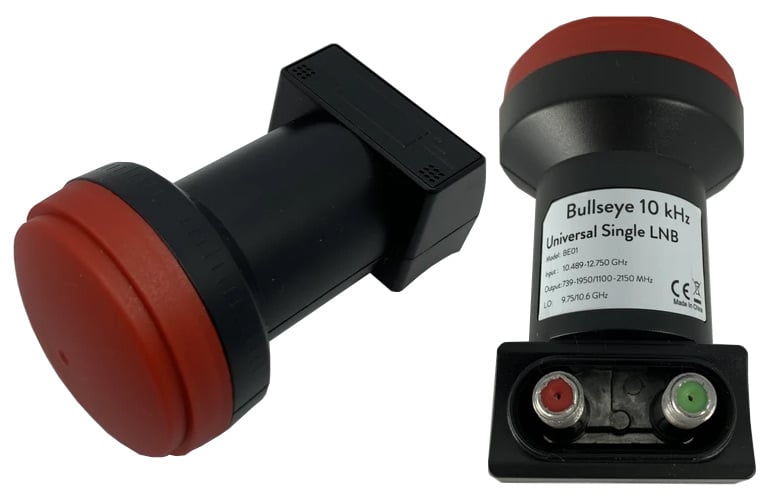Decoding HIRS Instrument Images from NOAA Weather Satellites
Thank you to Björn Schnabel who has written in to notify us about a website he's created for a program written by Zbigniew Sztanga called NOAA-HIRS-decoder which might be of interest to some RTL-SDR users. Most of us are familiar with the the ability to use an RTL-SDR to receive the APT signal on the NOAA 15/18/19 weather satellites. The APT signal provides a live image of the Earth. If you haven't tried to receive APT yet, we have a tutorial here.
Apart from APT there is also the HIRS instrument data which is transmitted in the Direct Sounding Broadcast (DSB) telemetry signal that is spaced at a slight offset from the APT frequency. According to NOAA, the HIRS instrument is "a discrete stepping, line-scan instrument designed to measure scene radiance in 20 spectral bands to permit the calculation of the vertical temperature profile from the Earth's surface to about 40 km". The SDR# screenshot below shows what the HIRS signal looks like, and to the sides you can see NOAA APT signals.
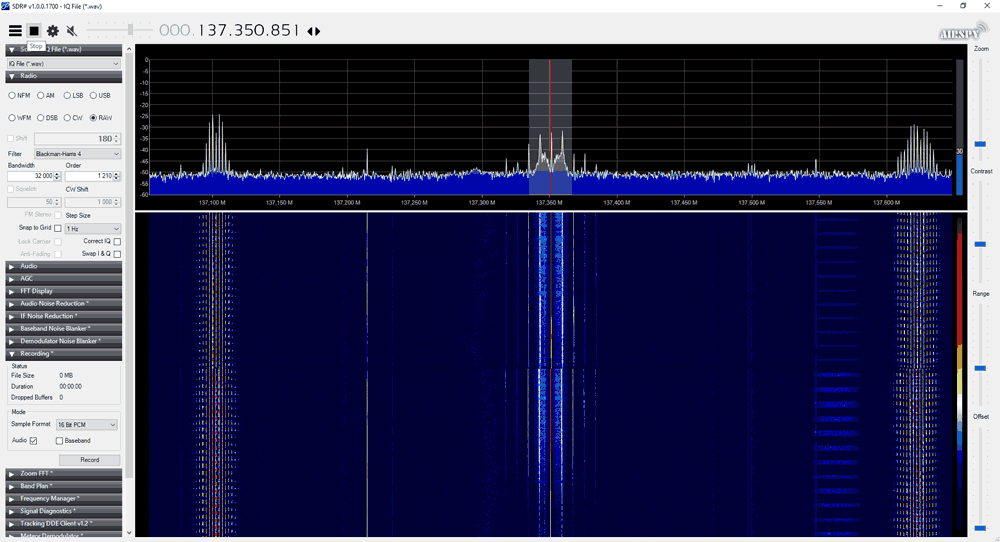
NOAA-HIRS-decoder makes use of the Project-Dessert-Tortoise NOAA satellite telemetry decoder that we posted about previously which can be used to decode data from most of the other scientific instruments on the NOAA satellites. The HIRS decoder by Zbigniew uses the raw text data produced by the Project-Dessert-Tortoise decoder and converts it into images. Full instructions on setting up the decoder on Windows is provided on the NOAA-HIRS-decoder website, just click the menu icon on the top right of the page, and go to "usage".
The received data contains 10 channels of long wave infrared, 9 channels of medium wave infrared, and one visible light measurement. The software will plot the 20 channels as images that are 56 pixels wide. This is not a high resolution picture, but it is nevertheless valuable data that can be used for scientific or weather prediction purposes.

